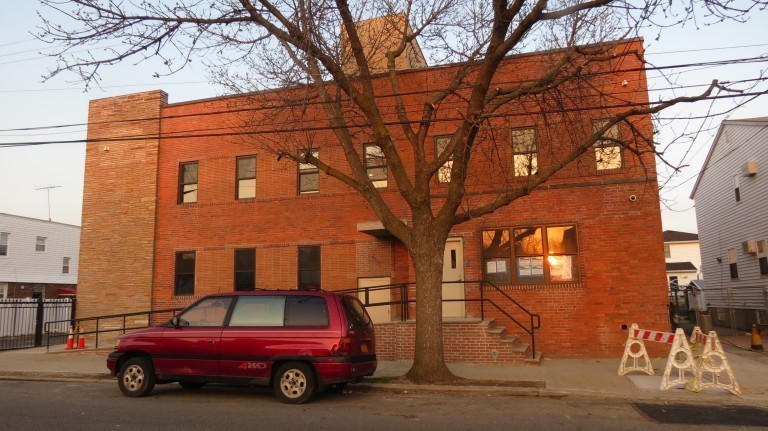PHOTO: Controversial ACS Close to Home facility in South Ozone Park. File
By Michael V. Cusenza
The Administration for Children’s Services did not ensure that adequate care and rehabilitation services were provided to youths in the Close to Home program, according to an audit released last Thursday by City Comptroller Scott Stringer.
Close to Home, ACS said, is a juvenile justice reform created in 2012 to keep youthful offenders ages 7 to 15 years old near their families and communities, allowing families to more readily visit and participate in the rehabilitation process, which increases the likelihood of success once youth are released, according to the agency.
Stringer said that his office’s audit takes a look at how ACS “has failed to oversee this program from top to bottom.”
Auditors focused on ACS’s oversight of its Non-Secure Placement vendor network during Fiscal Years 2014 and 2015. In this time period, 560 youths were transferred into the Close to Home program and $94.9 million was spent to house them at a cost of roughly $169,480 per participant. As of July 1, 2014, nine providers were contracted to provide services at 32 sites throughout the five boroughs.
While ACS is responsible for the safety and well-being of the youths in its care, the audit identified pervasive mismanagement that put these children at risk. Auditors found that ACS was not meeting with youths in the program, or with their families, to ensure they were getting the help they needed from the providers.
In order to ensure that residences are safe and secure, ACS policy requires that each Close to Home site receive one announced and one unannounced site visit each year. During these visits, ACS is supposed to identify security issues, review incident logs, and assess how the program is working for youth at a given residence. Instead, auditors found:
- ACS does not track if and when site visits occur. It took ACS two months to provide auditors with a calendar of upcoming site visits, raising questions about whether such a calendar existed before it was requested.
- Two-thirds of Close to Home residences did not receive an unannounced site visit in 2014 and ACS failed to visit two sites operated by Children’s Village – Van Horn Cottage and Bayside Cottage – at all that year.
- When ACS did conduct site visits, they did not properly review program requirements to assess whether children were benefiting from the programs, attending school, working, or less likely to commit crimes in the future.
If ACS identifies consistent staffing, security, or operations issues with a provider that put children or the community at risk, that provider is placed on “heightened monitoring status.” Providers who do not make required changes are then placed on “corrective action status.” Children who live at these sites are at an increased risk of not receiving services and being subjected to unsafe conditions. But the audit uncovered that:
- In April 2015, ACS told auditors that no Close To Home providers were on corrective action status, even though Boys Town – which ran six sites in Brooklyn and Queens – had been placed on corrective action status fifteen months earlier.
- ACS did not have an accurate list of all providers on heightened monitoring or corrective action status. When the auditors received the list, the agency excluded seven sites operated by the provider SCO in Brooklyn, Queens, and the Bronx, which were placed on heightened monitoring in 2013.
- ACS did not adequately track what steps providers on heightened monitoring or corrective action status were taking to correct problems, potentially leaving children at risk.
Stringer’s office made 14 recommendations to ACS, including that it periodically verify that children in the Close To Home program are receiving required services; develop a system so supervisors can ensure staff conduct required monthly face-to-face visits with children in Close To Home’s care, and make sure staff discuss incidents including assaults, altercations, and AWOLs during these meetings; ensure that site visits assess providers’ operations and verify if youth and communities actually benefit from the program; and make sure that corrective actions taken by providers on heightened monitoring and corrective action status are adequately tracked.
“The safety of our young people – and communities – is paramount,” said Carol Caceres, ACS deputy press secretary. “The NYC Comptroller’s audit concluded in June 2015 and, over the past year, ACS has taken numerous steps to improve monitoring and oversight of Close to Home. We have added experienced staff to monitor the safety of programs, enlisted the NYPD to assess security at all Close to Home sites, and, since 2013, we have shut down three programs that were unable to adhere to our standards.”
michael@theforumnewsgroup.com

